
What’s so special about leafy greens?
We’ve all been told that green leafed vegetables are an important part of our diets, but have you ever explored why this is?
Well, to start off with, these vegetables are high in fibre and low in calories. Most dark green vegetables, but leafy greens especially, also deliver a ton of vitamins, minerals, and phytonutrients such as lutein, beta-carotene, and zeaxanthin into our bodies. We receive vitamins A, C, and K, as well as antioxidants, folate, magnesium, calcium, iron, complex carbs, AND potassium from them.
What are some ways to increase your leafy green vegetable intake, you may ask? The options are endless! You could…
- Bulk up a sandwich or wrap with romaine lettuce or spinach (ordering a sandwich at Red Barn is the perfect opportunity to add extra greens when eating out).
- Add kale or spinach to a morning smoothie. Luckily, alongside fruits such as bananas or strawberries, the taste of leafy green vegetables are able to be hidden, or at least complimented, quite well!
- Cook them with eggs or in tofu scrambles. Throw some spinach into your next omelette or scrambled eggs. I love to cook up some mushrooms, spinach, and goat cheese to stuff into an omelette or eat next to my fried eggs!
- Create a “bed” for your protein; placing a layer of salad or plain greens underneath your meal of chicken breast or creating a buddha bowl with grains, roasted veggies, meat or tofu, and kale or arugula is a great way to get those nutrients.
- Topping homemade pizza (with a cauliflower crust, perhaps?) with arugula is another favourite of mine.
- If you prefer snacks with a crispy, crunchy texture, you may enjoy homemade kale chips! They are extremely easy to make by rubbing the kale with olive oil, sprinkling salt, pepper, and other seasonings on them, and cooking them at 350 degrees laid out on a baking sheet lined with parchment paper.
What are the differences between some of the most popular leafy greens?
Kale:
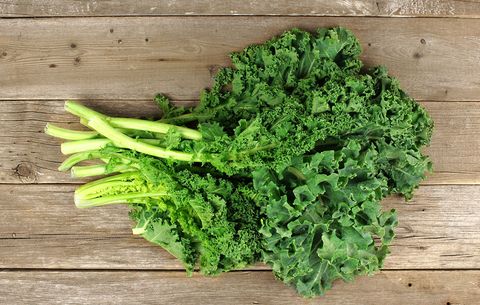
Kale is rich in minerals, antioxidants and vitamins, particularly vitamins A, C and K. To reap the most benefits, it’s best eaten raw, as cooking reduces the nutritional profile of the vegetable.
Microgreens:
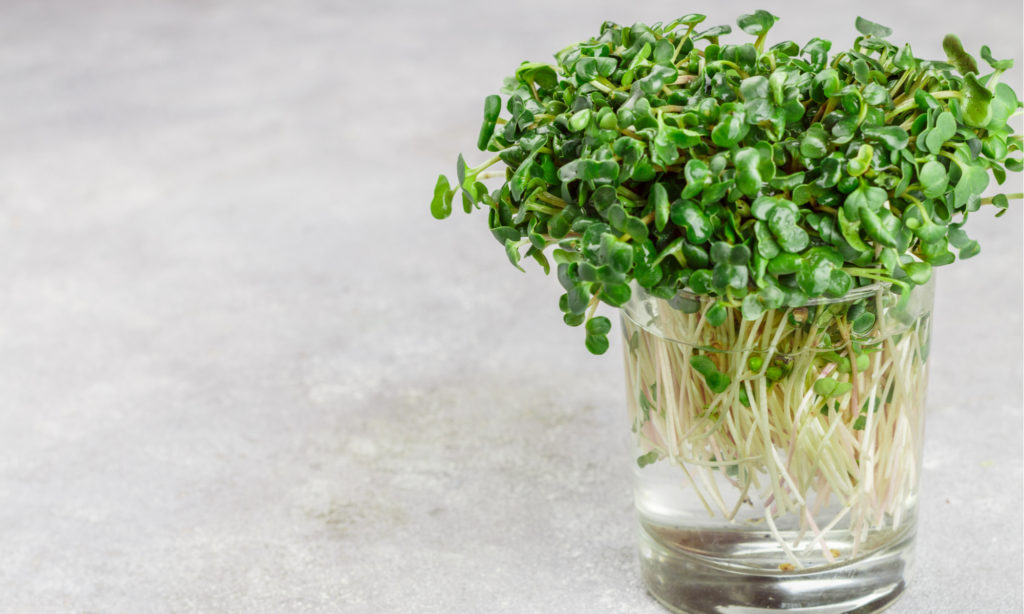
Microgreens are immature greens, which have been popular since the 1980s. They’re flavorful and packed with nutrients like vitamins C, E and K. What’s more, they can be grown all year.
Collard greens:

Collard greens have thick leaves and are bitter in taste. They’re one of the best sources of vitamin K, may reduce blood clots and promote healthy bones.
Spinach
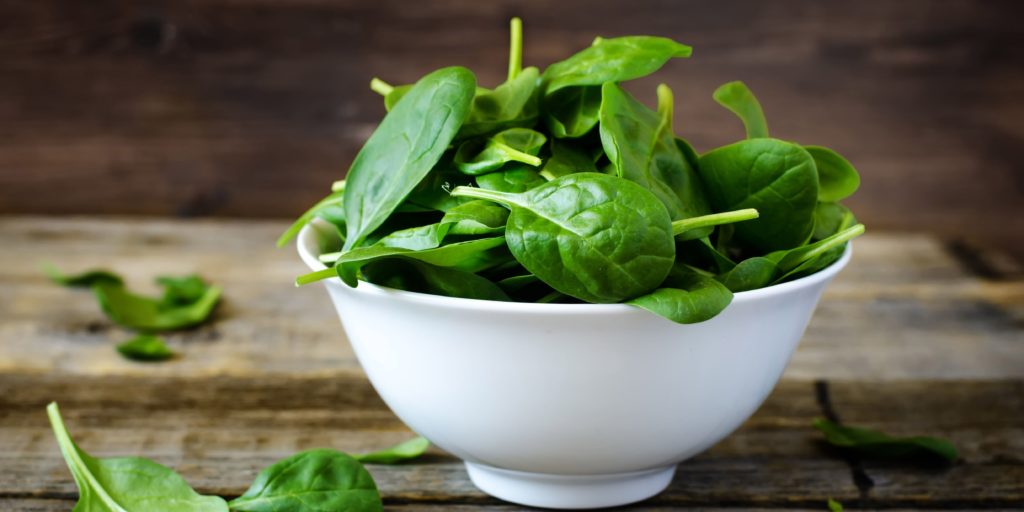
Spinach is a popular leafy green vegetable that can be used in a variety of ways. It’s a great source of folate, which may prevent neural tube defects, such as spina bifida, during pregnancy.
Cabbage:

Cabbage has thick leaves and comes in various colors. It has cancer-protective properties and can be turned into sauerkraut, which offers additional health benefits.
Romaine Lettuce:
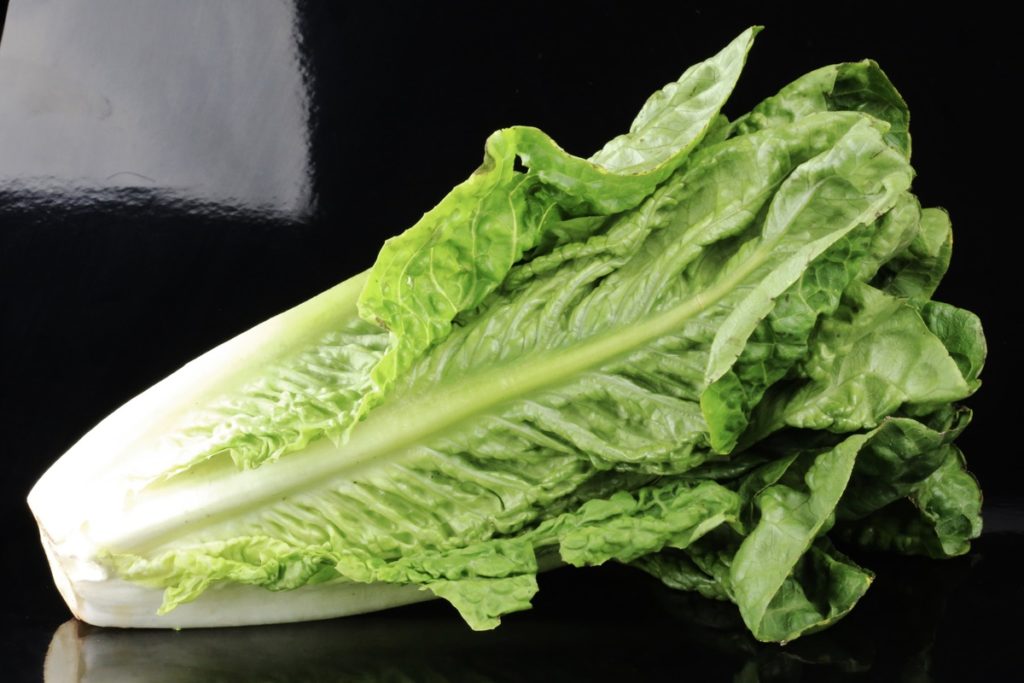
Romaine lettuce is a popular lettuce found in many salads. It’s rich in vitamins A and K, and a study in rats suggests it may improve blood lipid levels.
Swiss Chard:
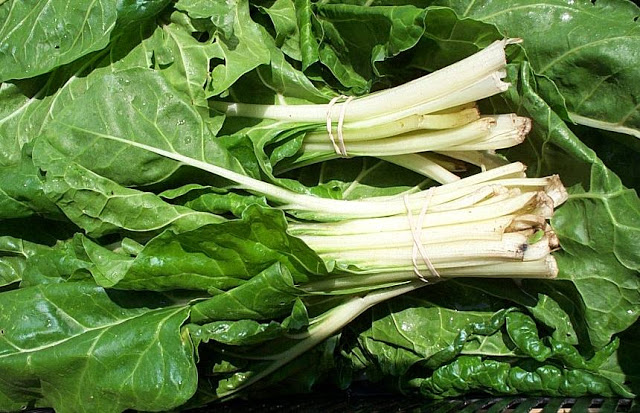
Swiss chard is rich in color and often incorporated into Mediterranean cooking. It contains the flavonoid syringic acid, which may be beneficial for reducing blood sugar levels. However, human-based research on its effectiveness is lacking.
Arugula:
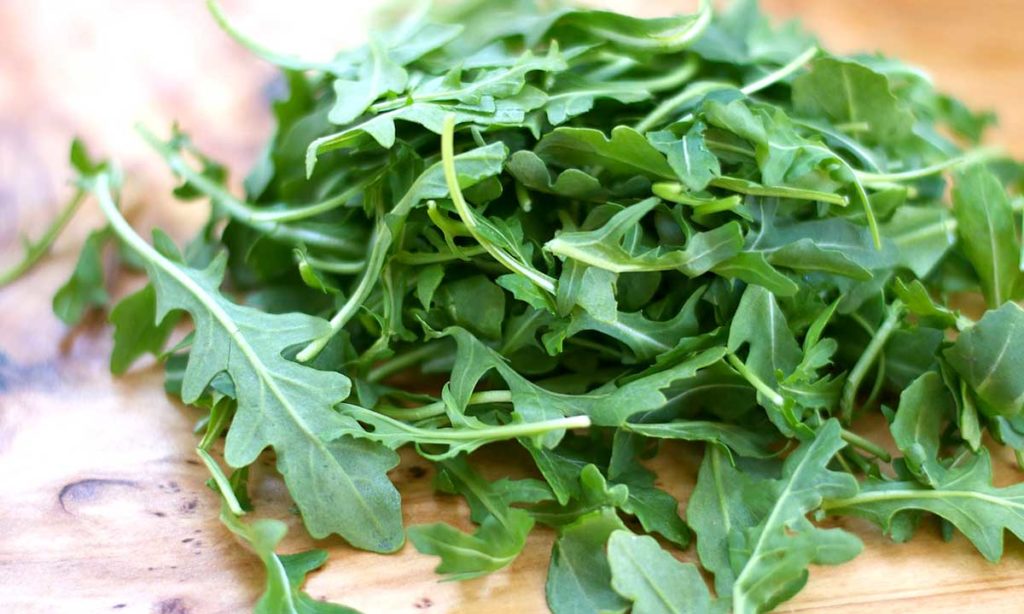
Arugula is a leafy green vegetable that goes by several different names, including rocket and rucola. It’s rich in vitamins and naturally occurring nitrates, which may help reduce blood pressure and improve blood flow.
Sources: https://www.unlockfood.ca/en/Articles/Cooking/Food-Preparation/All-about-dark-leafy-greens.aspx https://www.healthline.com/nutrition/leafy-green-vegetables#section14 https://www.verywellfit.com/health-benefits-of-green-leafy-vegetables-2242154
Leave a Comment
You must be logged in to post a comment.



0 Comments